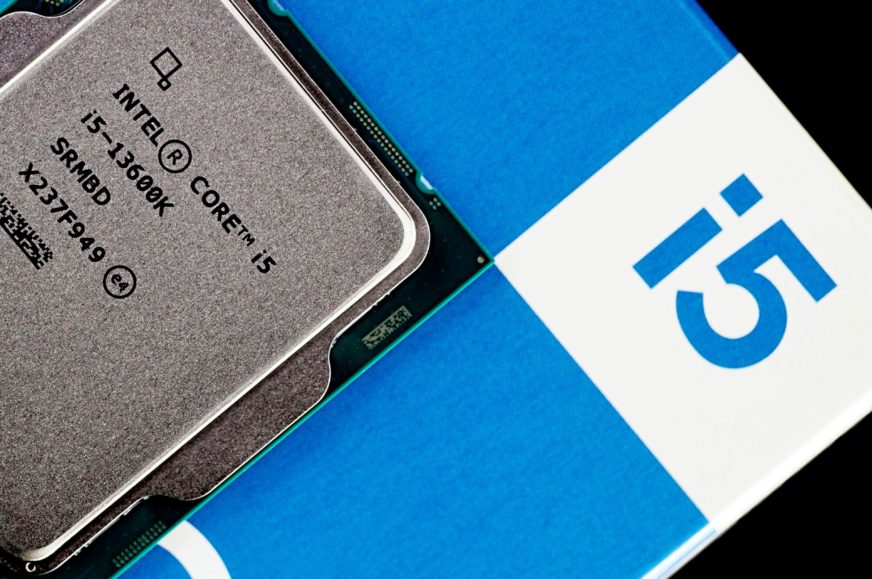Web performance
The Intel Core i5-13600K processor gives the impression of being from a slightly different class than the Ryzen 5 7600X. AMD’s Raphael with only 6 cores against 14 cores (albeit eight of them only small, Gracemont) of Raptor Lake may look like an underdog that should be significantly cheaper. However, one must be careful when making judgments. Although the Ci5-13600K is a great processor, so is the still only Ryzen 5 7000 in the game so far.
Speedometer (2.0) and Octane (2.0)
Test environment: We’re using a portable version of Google Chrome (91.0.472.101) 64-bit so that real-time results are not affected by browser updates. GPU hardware acceleration is enabled as each user has in the default settings.
Note: The values in the graphs represent the average of the points obtained in the subtasks, which are grouped according to their nature into seven categories (Core language features, Memory and GC, Strings and arrays, Virtual machine and GC, Loading and Parsing, Bit and Math operations and Compiler and GC latency).
- Contents
- Intel Core i5-13600K in detail
- Methodology: performance tests
- Methodology: how we measure power draw
- Methodology: temperature and clock speed tests
- Test setup
- 3DMark
- Assassin’s Creed: Valhalla
- Borderlands 3
- Counter-Strike: GO
- Cyberpunk 2077
- DOOM Eternal
- F1 2020
- Metro Exodus
- Microsoft Flight Simulator
- Shadow of the Tomb Raider
- Total War Saga: Troy
- Overall gaming performance
- Gaming performance per euro
- PCMark and Geekbench
- Web performance
- 3D rendering: Cinebench, Blender, ...
- Video 1/2: Adobe Premiere Pro
- Video 2/2: DaVinci Resolve Studio
- Graphics effects: Adobe After Effects
- Video encoding
- Audio encoding
- Broadcasting (OBS and Xsplit)
- Photos 1/2: Adobe Photoshop and Lightroom
- Photos 2/2: Affinity Photo, Topaz Labs AI Apps, ZPS X, ...
- (De)compression
- (De)encryption
- Numerical computing
- Simulations
- Memory and cache tests
- Processor power draw curve
- Average processor power draw
- Performance per watt
- Achieved CPU clock speed
- CPU temperature
- Conclusion











